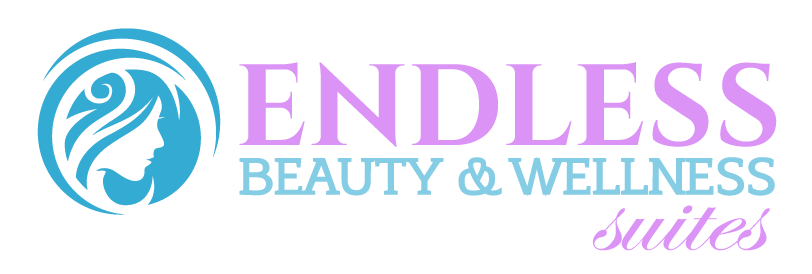Hair Color
Are you thinking about switching up your hair color? It can be a fun way to express your personality and try something new. And let’s be real, who doesn’t love a good confidence boost? Here are some reasons why we think hair color is totally worth it.
First off, it’s a great way to make a statement and show off your unique style. With so many different colors and techniques to choose from, you can find something that perfectly matches your vibe. Whether you want to go bold and bright or keep it subtle and natural, there’s a hair color out there for everyone.
And speaking of natural, hair color can actually enhance your natural features and give you a beautiful, glowing look. By choosing a color that complements your skin tone and eye color, you can create a multi-dimensional look that really pops. It’s amazing what a little bit of color can do to bring out your best features.
Another cool thing about hair color is that it can add dimension and movement to your hair. Whether you’re going for highlights, balayage, or ombre, these techniques create a really pretty effect that adds texture and life to your locks. It’s a great way to add a little extra oomph to your hair game.
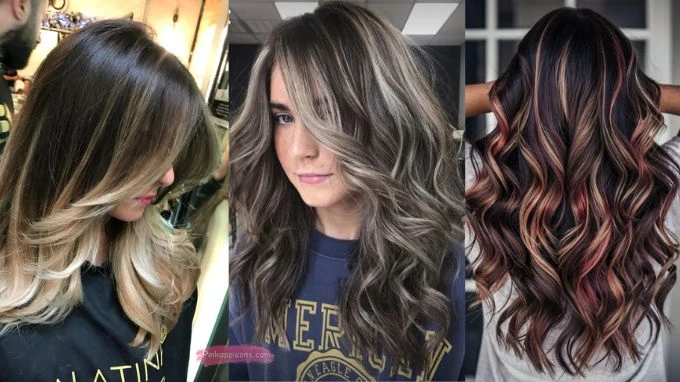

The Balayage and Ombre Debate: A Chemical Perspective
Balayage and ombre are two of the most popular hair coloring techniques, each involving unique applications and chemical processes. While both styles deliver stunning results, understanding the science behind them can help you choose the right option for your hair goals.
Balayage
Balayage is a freehand painting technique where the color is applied directly to the hair surface without using foils. The goal is to create a natural, sun-kissed effect with a seamless blend:
- Selective Bleaching: A lightener, often containing hydrogen peroxide, is painted onto the surface of the hair, strategically avoiding the roots. This minimizes damage while creating a graduated effect.
- Minimal Cuticle Disruption: Since the application is more targeted and uses less product, the cuticle remains relatively intact, making balayage a gentler option.
Ombre
Ombre involves creating a gradient effect, with darker roots transitioning to lighter ends:
- Full-Length Bleaching: Unlike balayage, ombre requires bleaching larger sections of the hair to achieve the desired gradient. This often involves higher concentrations of hydrogen peroxide.
- Defined Transition: While the blending can be soft, ombre typically has a more noticeable contrast between the roots and ends, which requires precise sectioning and application.
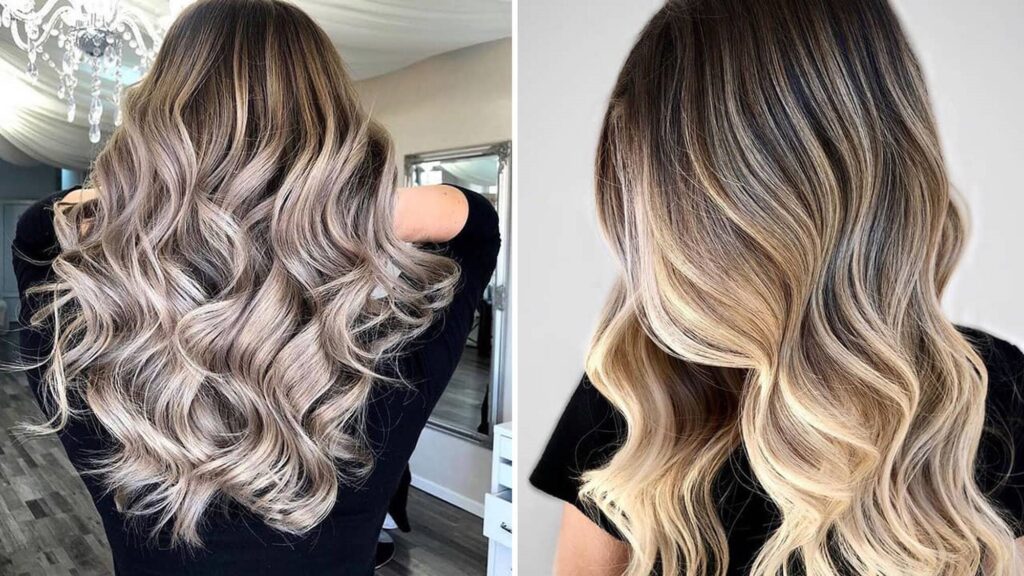
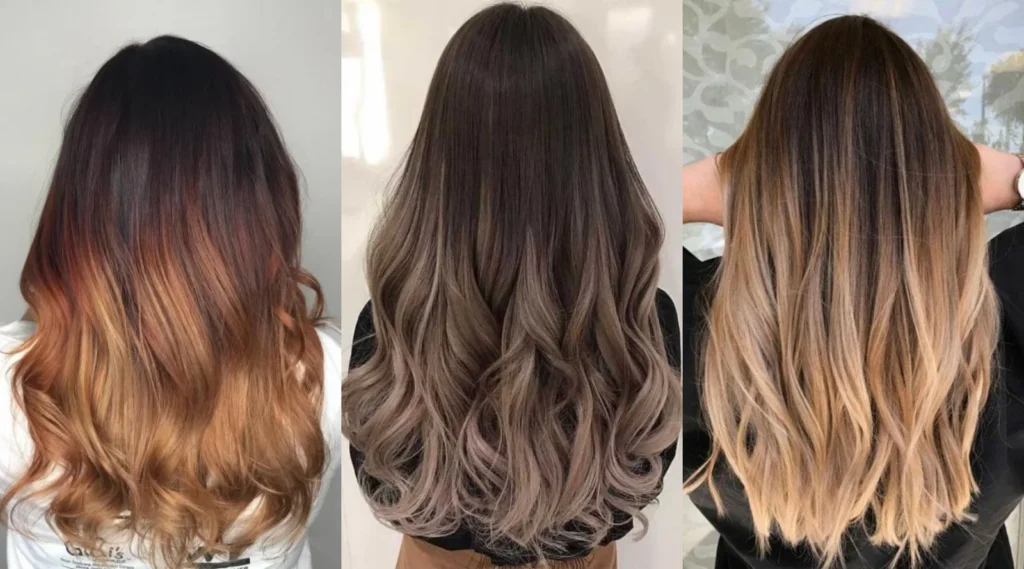
3 easy step
How It works?

Hair Diagnosis
First, the hairdresser looks at the quality of the hair and tries to understand how many times it has been colored or bleached or permed.
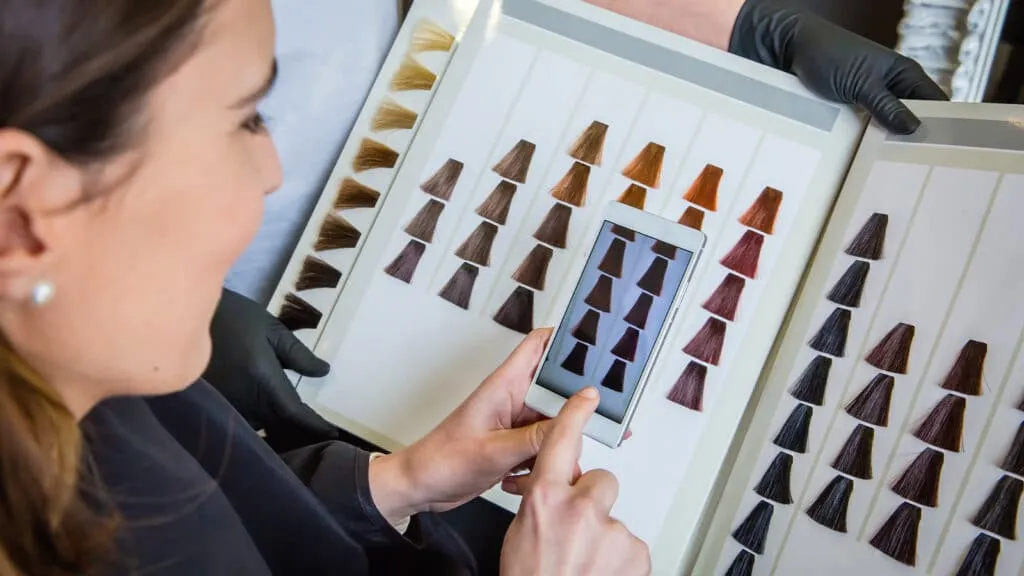
Choose Hair Color Level
The number of levels that you need to lift the hair by is going to determine your developer choice.
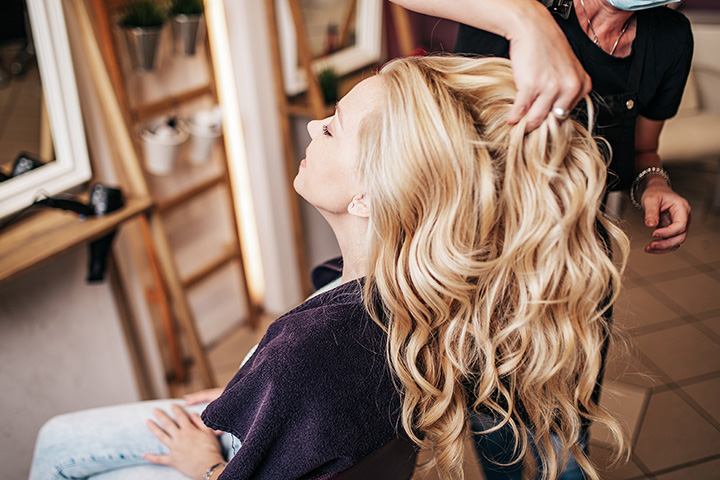
Bottom Line
Apply the right products and emulsify, it helps to lock the color into the hair and provides truly vibrant, long-lasting color results, as well as hair that feels full and very well conditioned.
